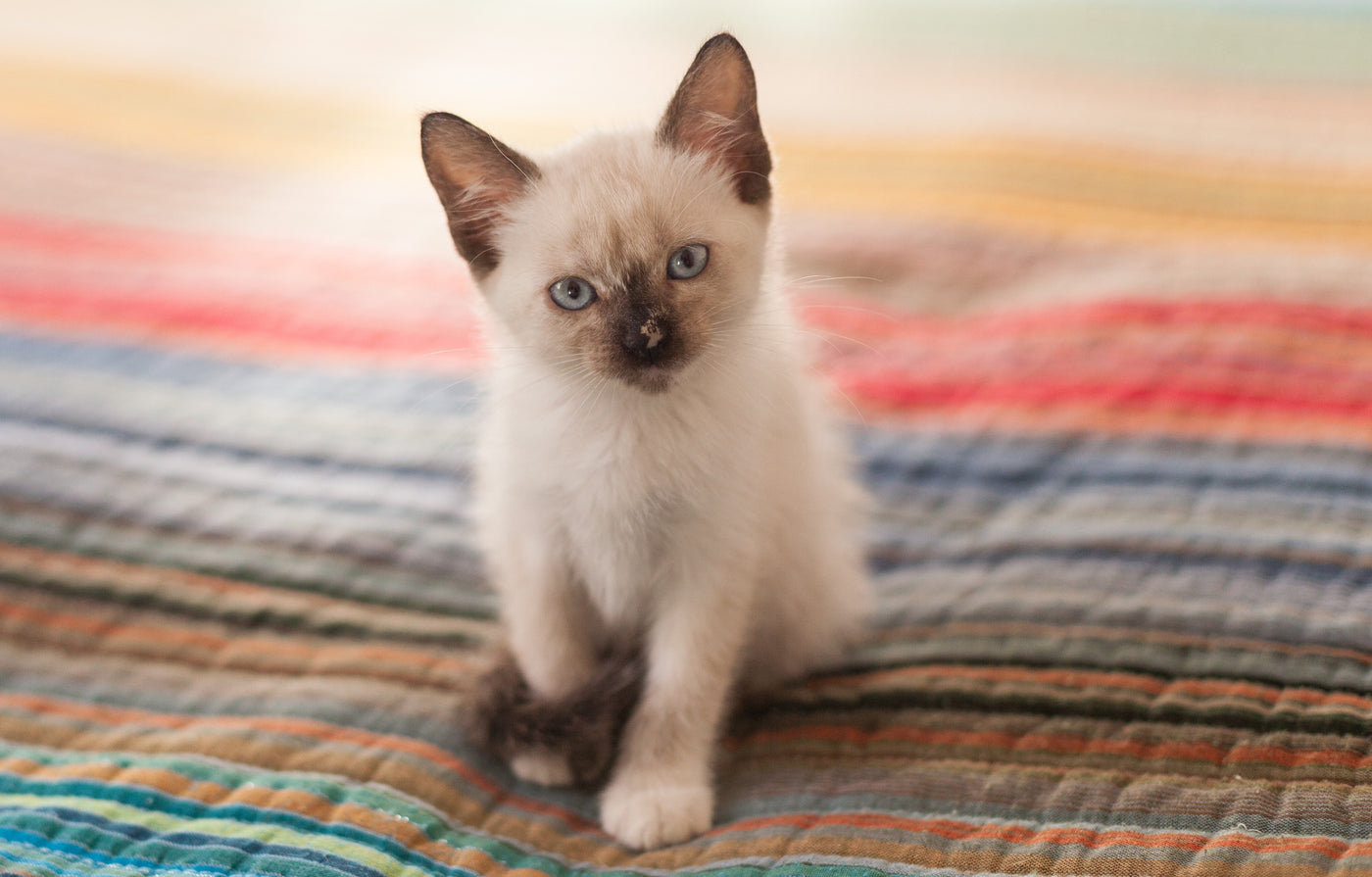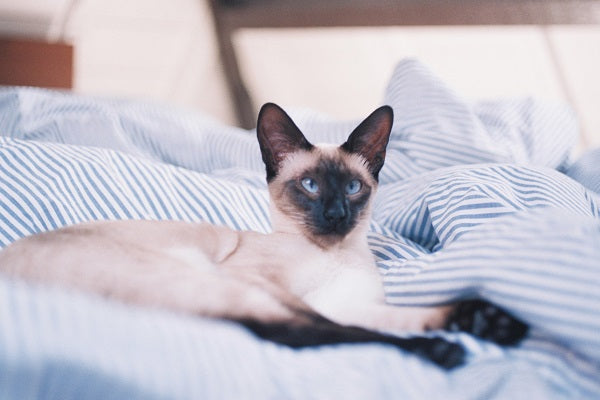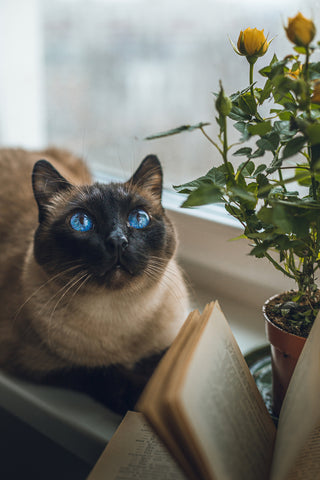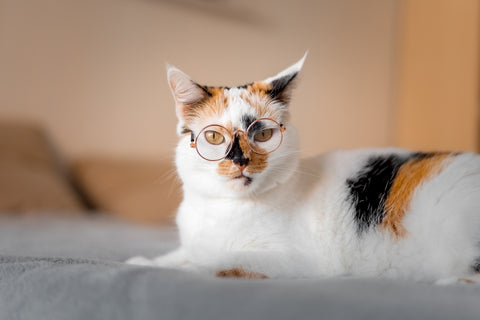
We are immensely excited and proud to announce our newest iteration of the Basepaws Cat DNA report! This was our biggest and most comprehensive update so far, bringing you the most accurate and extensive report to date. The update includes a number of improvements, which, subsequently changed your breed report. One of the significant changes you may have noticed is the withdrawal of the Siamese breed. This decision was made with a heavy heart due to a significant genetic diversity we discovered within the group. To help you understand the root of the problem and our future plans for the breed, we have summarized a brief introduction into the breed history, Siamese genetics and our forthcoming strategy for the reintroduction of the breed to the reports.

Breed history
The Siamese cat has enjoyed a luxurious and royal status for centuries. The breed originally comes from Thailand (formerly known as Siam), and it is considered to be one of the oldest Oriental/Asian cat breeds. In the early beginnings this breed was referred to as "Royal Cat of Siam" because it was believed this cat was kept only by Siamese royalty. The first data about Siamese cats, including their description and depiction, appears in a collection of ancient manuscripts "Tamra Maew" ("The Cat-Book Poems"). It is estimated that the scripts have been written from the 14th to the 18th century and thought to originate from the Ayutthaya Kingdom.
Today, these handwritings are preserved in the National Library of Thailand, British Library and the National Library of Australia. The poem in Tamra Maew describes Thai cats as being as rare as gold, and anyone that owns this cat will become wealthy. It is believed that the breed first made its way to Europe in 1884 when the British Consul-General Edward Blencowe Gould bought a breeding pair of cats from Bangkok as a gift for his sister, Lilian Jane Gould. The pair of cats, Pho and Mia, produced three Siamese kittens — Duen Ngai, Kalohom, and Khromata — who were shown with their parents that same year at London’s Crystal Palace Show.

Over the next years, fanciers imported more cats from Thailand, which gradually formed the base breeding pool for the entire Siamese breed in the UK. It is believed that most British Siamese today are descended from about eleven of the original imports. As for the US, the first Siamese cat in America was reportedly given to Mrs. Rutherford B. Hayes (the First Lady to the nineteenth president of the United States) in 1878 by the U.S. Consul, David Stickles, living the rest of its days in the White House. The breed quickly gain popularity both in the UK and the US, and the breeding programs began. The initial breeding programs selected for medium-sized, color-pointed cats with crossed eyes, kinked tails and an "apple-head style" head shape. This early-bred Siamese form is nowadays referred to as the "traditional" or "old style" Siamese. Latter breeding programs, in the 1950s and 1960s, changed the breeding standards because the cat fanciers began favoring a slenderer, more muscular look and a moderately wedged head shape. The crossed eyes and kinked tails were now also considered conformation faults. This subsequently led to the formation of the "modern" or "show style" Siamese.
The shift in the selective breeding ultimately led to such a significant change in the breed's appearance, that the two bear very little physical resemblance to each other. As opposed to a much rounder head and body of the traditional Siamese, the most remarkable characteristics of modern Siamese cats is extremely elongated and lean body, slim legs, long, thin tail and triangular-shaped head topped with wide-set large ears. Both styles have almond-shaped, blue eyes and color-pointed, short coat. Crossed eyes and kinked tails are no longer selected for in the modern group.
The pigmented points in the fur in the traditional Siamese were very dark in color, almost black, but in the modern Siamese they can also be cool grey, light brown or lilac. Interestingly, the modern Siamese became popular to such an extent that by the mid 1980s, the traditional style largely disappeared from cat shows. However, some breeders, mainly in the UK, continued breeding and registering the old-style cats, which saved them from extinction. Today, The International Cat Association accepts the old-style Siamese as the less extreme type of the breed under the new breed name Thai.

Siamese genetics
Siamese genetics is a curious story. Due to the historic popularity of the Siamese breed in both the Western and Eastern worlds, the Siamese breed has undergone a variety of breed iterations in both Europe and the United States (as well as around the world). This has led to a winding variety of what has been considered the 'breed standard' over the past century, with breeding programs focused on emphasizing certain body shape traits, as well as out-crosses looking to add new hair color patterns to the classic 'points' that Siamese are traditionally known for. In order to improve the accuracy of genetic profiles of our breeds, thus improving the breed relativity accuracy for your breed report, we continually collect samples and data from purebreds around the world. This improves our understanding of the breeds and allows us to optimize your results.
As we collected more and more data on the royal Siamese, however, their genetic diversity and complexity became more evident than we ever suspected it to be. According to our findings, some Siamese cats are genetically closer to the Eastern cats that we expected, while others relate much more closely to Western cats. Such significant diversity within the breed makes it extremely challenging to generate an accurate genetic profile for the breed reports. For this reason, we have pulled this breed out of the reports until we can tease out these differences and reintroduce the breed with a clearer genetic profile.

Our future plans for the breed
In order to tease out the differences observed in the genetic pool of the Siamese cats we currently have in our database, we have started adding distinct samples from Siamese lines of Asian origin and US/UK origin. This should help us differentiate these two lines of the breed, distinguish their relation to other breeds (Western vs. Eastern), and understand Siamese genetics better. We plan on reintroducing the breed to the reports as soon as possible, possibly as two or more distinct groups. Removing this old, royal breed from our reports was not an easy decision. However, we are beyond excited to be able to learn about Siamese genetics and health every day and sharing the new discoveries with you!



